HOMAGE
While filming a samurai homage to her ailing father’s Viking epic, a career-driven director realizes she may never see him again.
Based on my experiences of losing my father to cancer, the short film 'Homage' explores the long process of grief before someone passes away, and the difficult balance between pursuing our ambitions and being present with those we love.
With actors like Kristofer Hivju (Game of Thrones, Force Majeure, The Witcher) Eili Harboe (Succession, Thelma) and swordmaster Tetsuro Shimaguchi (Kill Bill) this ambitious, yet grounded film, aims to capture a wide international audience with a grand visual flare and deeply emotional story.
MOTIVATON
The film is inspired by the emotions that surfaced while shooting my previous short, Agurk, in Japan. While I was there, my father’s cancer spread, and the time we had left suddenly vanished. Being torn between pursuing my own ambitions and the guilt of being far from home became the emotional core of what would become Homage.
When my father received his final diagnosis, I developed an almost single-minded goal: I had to finish my first feature before he passed. Instead of being present, I threw myself into work. I escaped into the project, convinced the film itself could be a gift, proof of my love and dedication. Fortunately, with support from friends, I realized what I was at risk of losing. I chose to be there for his final months—and that choice has become the film’s moral and emotional compass.
But the thought never left me: What if I had chosen differently? What if I had been in the middle of a production when the news came? When your remaining time shrinks from years to months, how do you set priorities—and what remains afterward? These questions became the starting point for Homage.
When my father died in July 2023, I began to write—both to process grief and to express the complex, universal experience of losing a parent. The story I tell in Homage is deeply personal, but its themes—grief, ambition, and human connection—are widely recognizable. The film explores the tension between personal drive and closeness to others, in a modern society where distance and work pressure are everyday realities. That makes the film timely and grounded in the present.
The samurai film within the film stems from a fascination that began in my teens. My father introduced me to Kurosawa—Seven Samurai, Ran. That interest grew into a deeper exploration of Japanese culture and film tradition. I have learned Japanese, lived over year in Tokyo, and already made a film in the language (Agurk).
The epic sequences in Homage draw on archetypal stories of fathers, loss, and honor—narratives found in both Viking mythology and Japanese samurai history. By placing a female director at the center, the film creates a necessary distance between me and the material while foregrounding a female filmmaker in a male-dominated genre. This perspective on gender and representation makes Homage a meaningful contribution to the discussion on diversity in the film industry.
Homage is a film about grief, ambition, and how long it can take to truly grasp that you’re about to lose someone. It is rooted in the personal, yet reaches beyond the private. It aims to say something about being human—and about what truly matters.
VISION
FILMS WITHIN
The samurai film is shot in classic Technicolor tones on 35mm with anamorphic lenses in CinemaScope, inspired by the last parts of Japanese cinemas golden age. A bold color palette—strong hues, snow, blood, along with black and white in costume design—creates striking contrasts. The cinematography emphasizes epic wide shots, iconic close-ups of hands on swords, intense gazes, crash zooms, and deep focus for a distinctive style.
The Viking film is also shot on 35mm anamorphic film to mirror the samurai scenes, reflecting Ronja's desire to capture the same sense of wonder that inspired her as a child.
Homage is a film about inner conflict, told through two contrasting filmic modes. Inspired by films like Lost in Translation, Aftersun, and the Oslo Trilogy, and combined with visual and narrative devices from Harakiri, Lone Wolf and Cub, and Yojimbo, I aim to create a film that keeps us close to the protagonist, Ronja to truly feel what she goes through.
To give the film both emotional and visual force, I draw on elements from epic genre cinema. The Viking and samurai stories woven into the film are simple yet grand narratives with a shared motif: the loss of a father figure. This places Ronja’s personal dilemma in a larger context—making her inner conflict understandable and affecting, while also engaging and visually arresting.
The production design reflects Ronja’s emotional state. The snow—artificial in Japan and real in Norway—creates a visual bridge between the two worlds while underscoring her emotional distance.
The performance style will be realistic and understated, with emotional pressure carried by the film language rather than expressive dialogue or overacting.
I’m composing the music with producer Magnus Bechmann Hansen. Our previous film, Agurk, won awards at the Norwegian Short Film Festival in Grimstad. I’ve composed music for nearly all my films, and I also work as a singer, songwriter, and musician. We are developing original music built around two orchestral themes: one for the Viking and samurai film (thematically aligned but instrumentally distinct), and one for Ronja and her personal journey.
Fight choreography is also central. The action sequences will be developed in close collaboration between choreographer Tetsuro Shimaguchi (Kill Bill) and Kristoffer Jørgensen (Dead snow, Beforeigners), in both Norway and Japan. The principal duels mirror each other and visualize Ronja’s obsession with finishing her dream. They’re short enough not to pull focus from the main story, yet strong enough to capture the genre’s grandeur—and give the audience memorable, entertaining moments.
The film’s visual language is divided into two distinct styles:
RONJAS PERSPECTIVE
The visual style is characterized by Ronja’s detached relationship with her own emotions, conveyed through a muted color palette of blues, greens, and earth tones, accented by touches of red. The camera remains mostly static or moves slowly, with long takes that either emphasize blocking or stay close to the character to reveal her inner state. Ronja is visually isolated, either through expansive spaces or intimate close-ups.
The film will be shot digitally on Arri cameras in a 16:9 format, paired with vintage lenses and filters to achieve a soft, classic 'Cooke look.' Camera movements are generally minimal, creating a contemplative, slow-burn style.



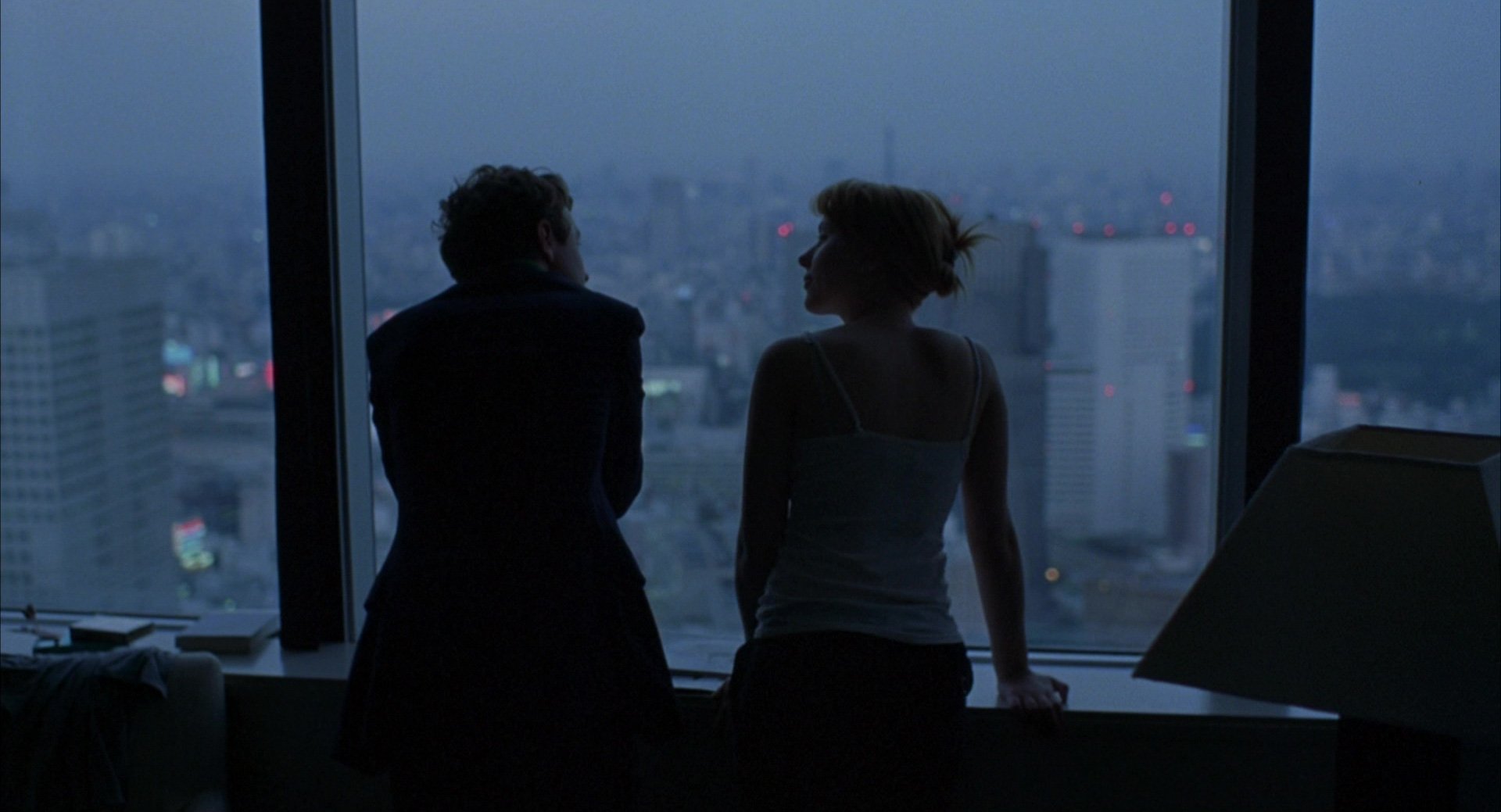
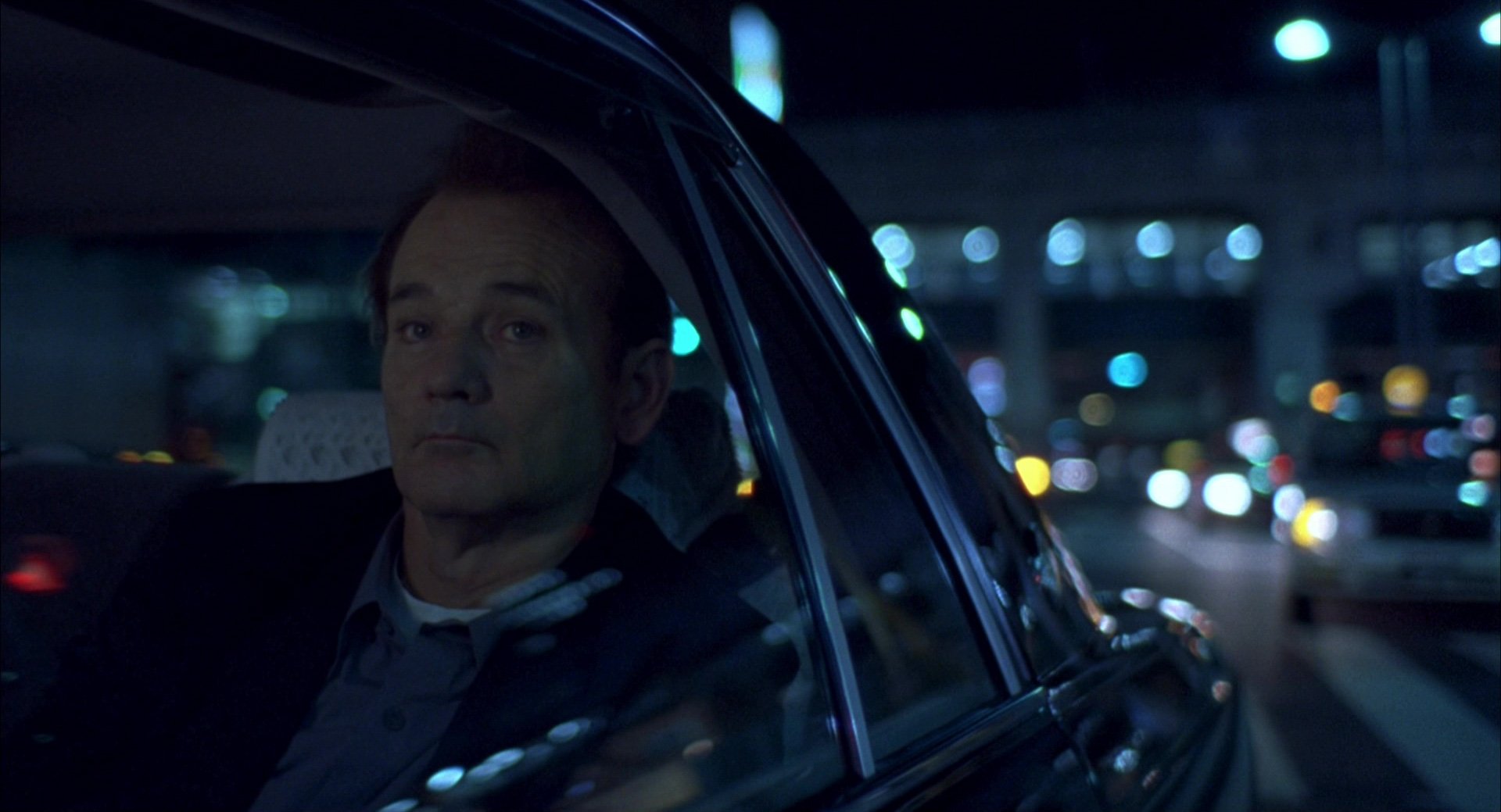
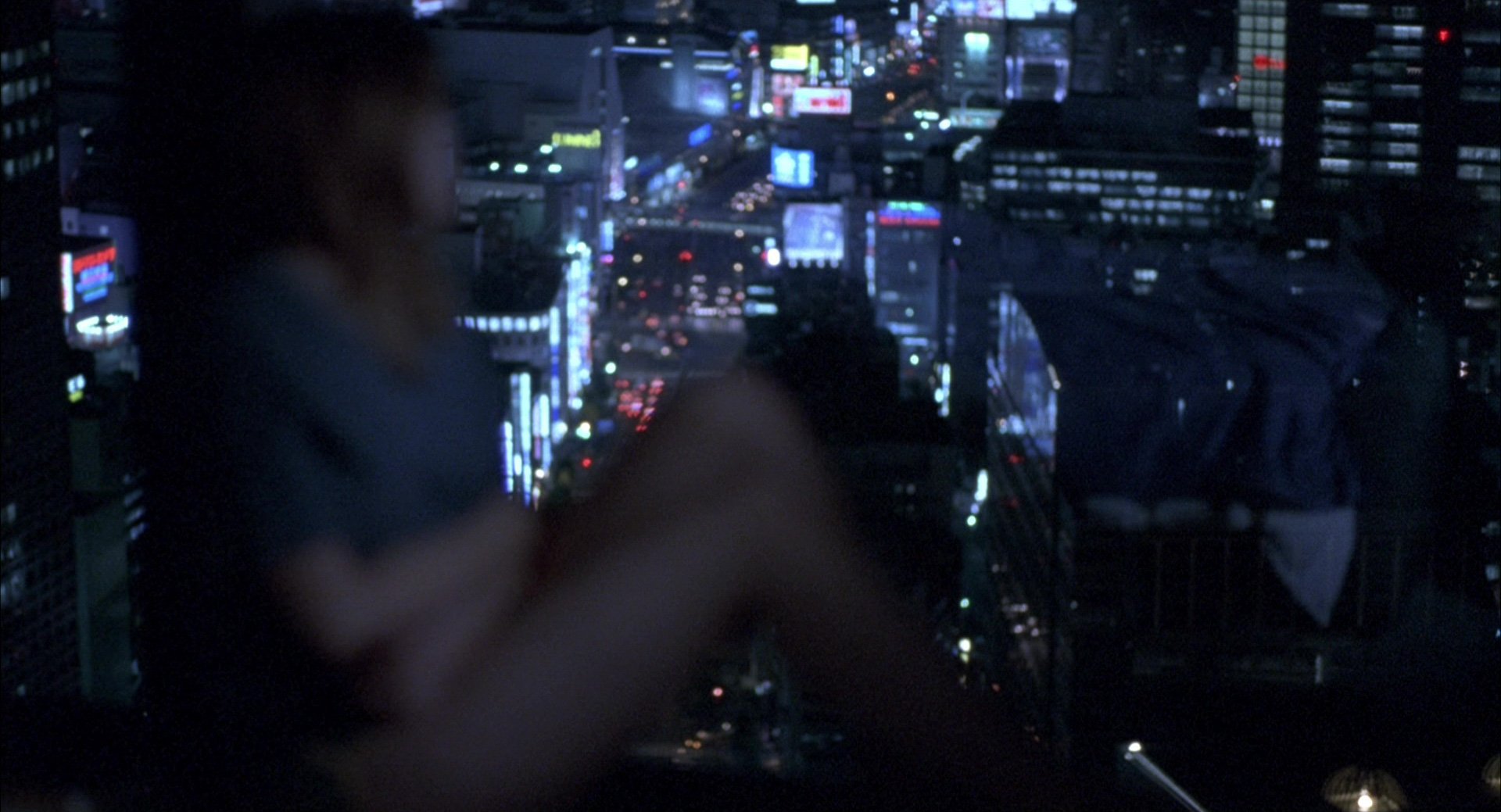

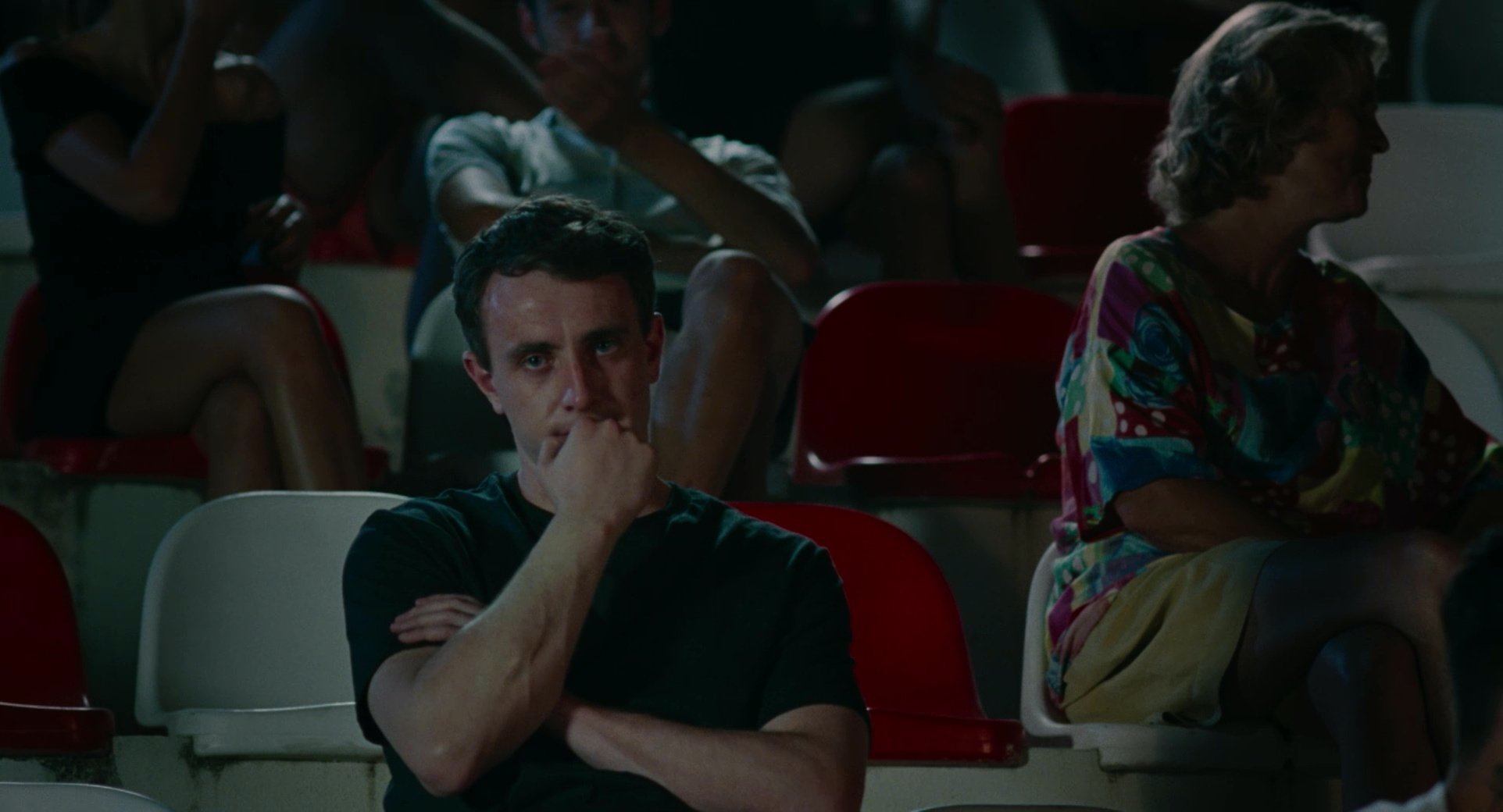



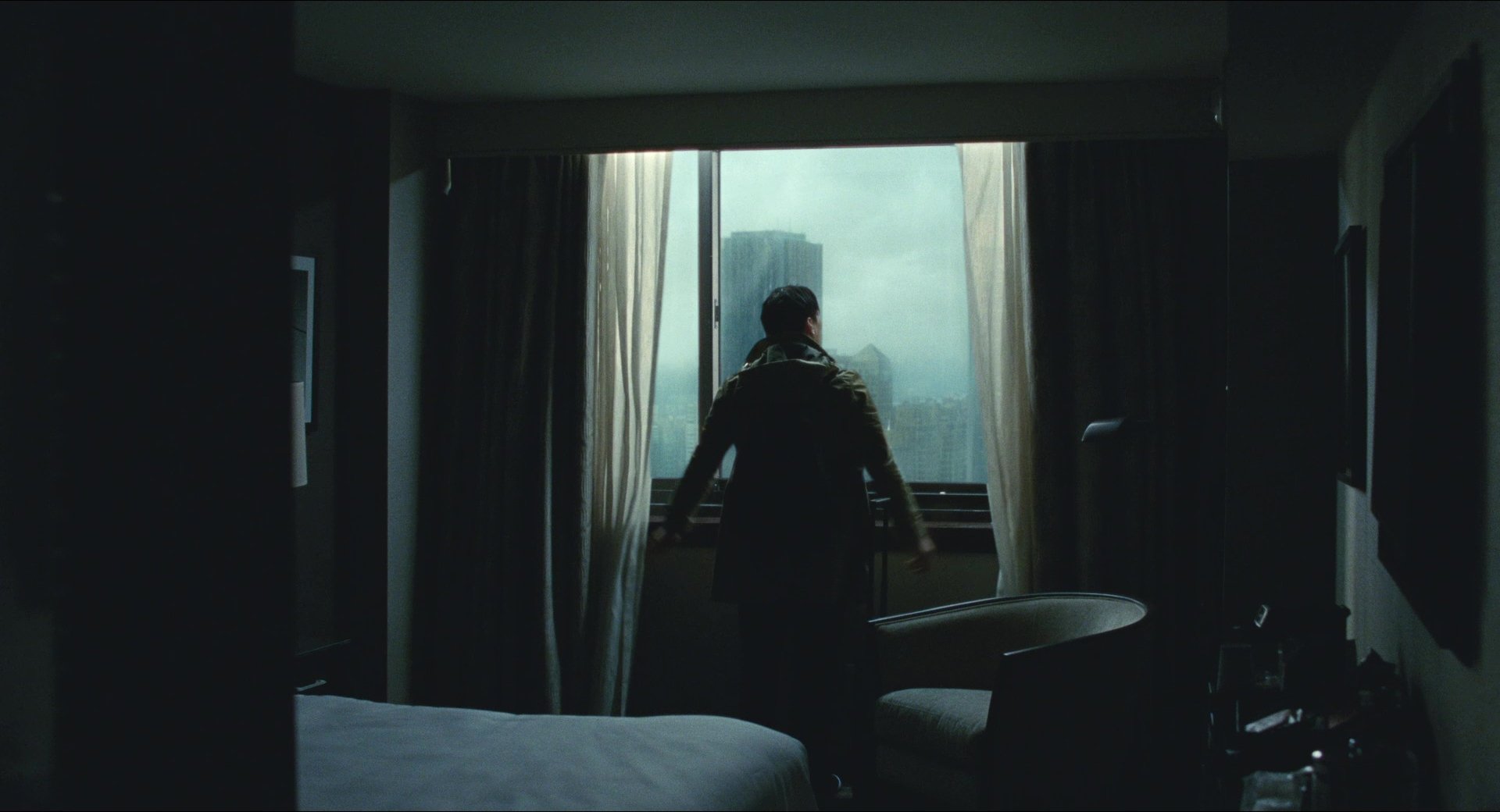




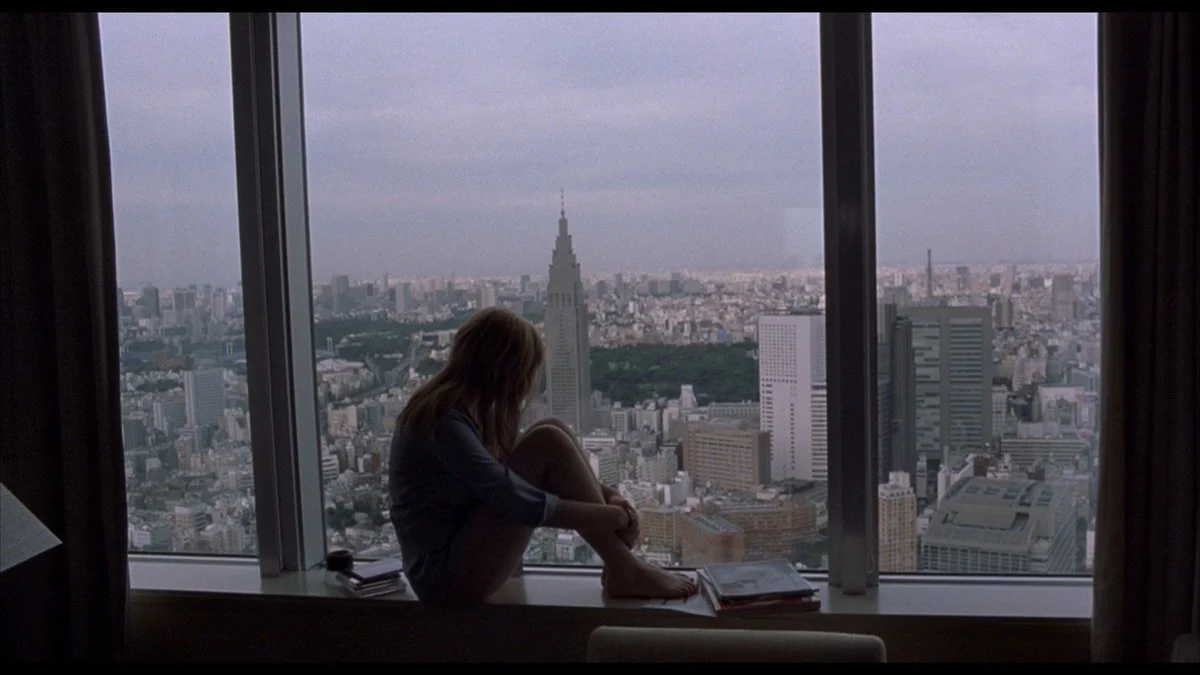












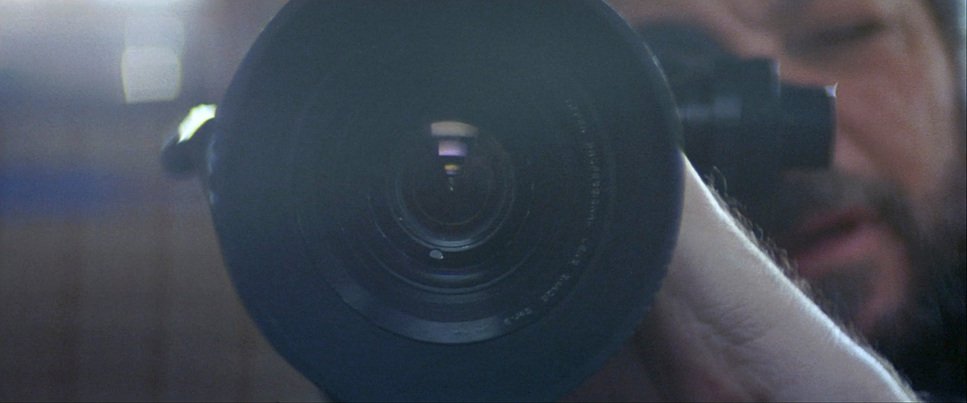









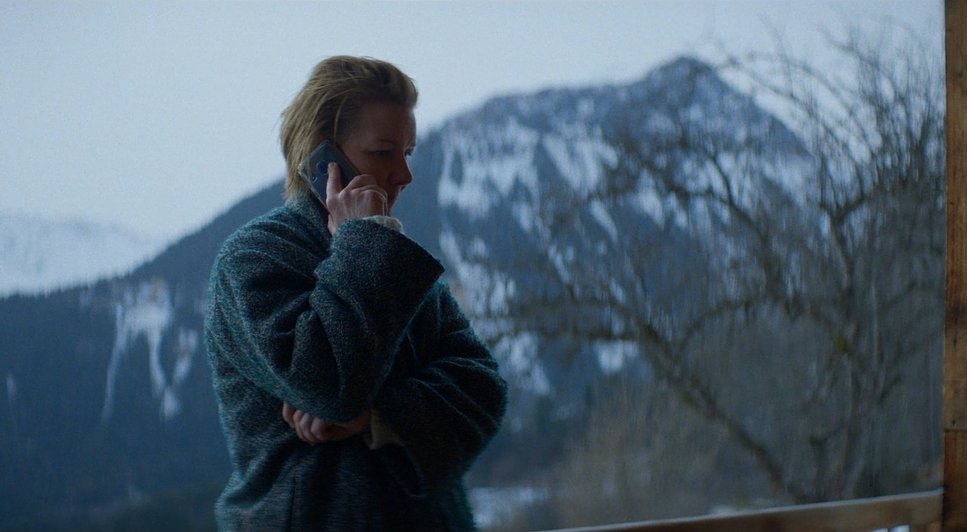




SYNOPSIS
Ronja, an ambitious director in her early thirties, is in Japan shooting a sweeping samurai epic, a tribute to her father’s iconic Viking film Jarl. Once a charismatic actor, her father Geir is now gravely ill back home. Determined to finish the film before it’s too late, Ronja buries herself in the work, using the production as a way to distance herself from the reality of his decline.
But when news reaches her that his condition has worsened dramatically, the cracks begin to show. On her way back to the hotel, Ronja suffers a panic attack. She calls her father, but he talks cheerfully about her film, as if nothing has changed. Ronja plays along, unable to face what’s really happening.
The next day, she attempts to shoot the film’s climactic battle scene, but the samurai choreography collides with childhood memories of the Viking fights she once watched on set. As the duel unfolds in front of her, she sees her father’s death mirrored in every movement. A second panic attack hits. Fiercer, and this time in full view of the crew.
Assistant director Reiner sends her home to rest, but even alone in the hotel room, Ronja tries to push forward. Frustrated and blocked, she flees to the hotel’s smoking area where she runs into lead actor, Kawamura. They share a brief moment of calm, as he carefully asks about the nature of the death scenes, having seen something change in her. But closes up, and brushes it off, still unable to face what his subtle questions means.
Back on set, Ronja struggles to direct the final death scene between the samurai and his son. Nothing feels right. Frustration turns to despair, and after pushing her team to the brink, she explodes, lashing out at both Kawamura and Reiner. Humiliated, she leaves to call her father for guidance. When he doesn’t answer, the memories she’s fought to suppress come crashing in: the moment he told her about the illness, the short time left. It hits her – this film was never just about honoring her father. It’s about confronting her own grief.
When Geir finally calls back, Ronja knows what she must do. She returns to set and directs the death scene – not with control, but with surrender. She lets herself feel the grief she’s been avoiding, and breaks down, realising she is about to lose him forever.
With the scene done, but the film, far from finished. Ronja says goodbye to the crew and leaves for home. To spend what time is left with her father, regardless of what will happen to the film.
Homage is a crucial step in my career and the path to my first feature film. I am in the script development phase with Yngve Sæther from Motlys (Force Majeure, Oslo, August 31st, Love) working on the film Dypet, inspired by my experiences as a survivor of the terror attack on Utøya in 2011. With Homage, I aim to create a film that presents many of the same challenges: a personal story about grief, a longer narrative, a larger budget – and a film capable of making a strong impression.
I feel a responsibility to prepare myself to direct Dypet, a project of such significant cultural importance, and with my experience, I know that Homage is something I can master. And an incredibly important step. It is vital to demonstrate my level of skill to producers, investors, and festivals – and, importantly, to those who make this possible. Homage will showcase my voice as a filmmaker and that I have something meaningful to say – something heartfelt and personal that I want to share.
MY JOURNEY AS A DIRECTOR
The team behind Homage consists of experienced, driven filmmakers with backgrounds in international commercials, features, shorts, and art films. Together we form a strong core of creative professionals able to elevate an ambitious project to a high artistic standard.
Kristian Kvam Hansen (producer) runs the production company PUSH, with offices in Oslo, Tokyo, Shanghai, and Sydney. He has produced multi-million projects for global brands such as Nike, Adidas, Maserati, Vogue, and Gucci, and has collaborated with artists including Billie Eilish, Rosalía, and Megan Thee Stallion. His move into narrative film led him to Homage, which he has been involved with since early development.
Mina Moteki (co-producer) has broad experience in Japanese film production, including as producer of the award-winning December. She also produced my previous short Agurk, which recently had its international premiere at Tallinn Black Nights (PÖFF). And the feature Tiger premiering at Busan International Film Festival.
Julian Jonas Schmitt (DoP) shot my earlier short You’re My Bruise and has extensive experience in both commercials for brands like Fila, Mercedes and Moncler and is currently presenting the documentary Grönland at the ALPS Museum in Switzerland.
Madeline Kinney (production designer) won the craft award for Best Production Design at the Norwegian Short Film Festival in Grimstad 2024 for her work on my film Cucumber. She also has commercial experience for brands like Nike, Adidas, and Coca-Cola, bringing strong visual precision to Homage.
Jens Peder Hertzberg (editor) has been a close collaborator since 2011. We began with Everywhen (2013), and he has since edited some of Norway’s largest productions, including the Netflix film Troll (2022) and Sulis 1907 (2023). His ability to pair big-feature experience with personal storytelling makes him ideal for Homage.
Kristoffer Jørgensen (stunt coordinator) has a background in both Viking and samurai combat and is one of Norway’s most experienced stunt performers. His credits include Død snø, Den 12. mann, Twin, and Beforeigners, and he brings essential expertise to the film’s action and choreography.
Tetsuro Shimaguchi (sword instructor & choreographer) Started his career as sword instructor and #1 of the crazy 88 in Kill Bill. He will lead katana training and choreograph the sword action in close collaboration with the stunt team and cast, shaping precise, character-driven fight sequences in both Norway and Japan.
Kristofer Hivju (Game of thrones, Force Majeure, The Witcher) plays Geir, the father, and has been closely involved in script development from the start. His artistic eye and long experience have helped shape both the character and the film.
Eili Harboe (Thelma, Askeladden, Succession) plays the lead, Ronja. She has also contributed to the script and has been attached to the project since 2024. Her presence gives the film both weight and authenticity.
ABOUT THE TEAM

Homage is a short film that combines grand entertainment with deeply personal themes, operating on a larger international scale than most short films. With filming locations spanning Norway’s snow-covered mountains to Japan’s historic temple sites, and action-packed sequences from both the Viking and samurai worlds, the film creates an epic backdrop for a subtle drama about loss, belonging, and ambition.
Through Ronja’s story, the film explores how, in facing life’s greatest challenges – such as the loss of a loved one – we can find new understanding of what truly matters. Homage is an invitation to confront those emotions: guilt, grief, and the clash between ambition and the need to be seen. An experience that is both personal and universal, a narrative that resonates deeply and leaves a lasting impression.









